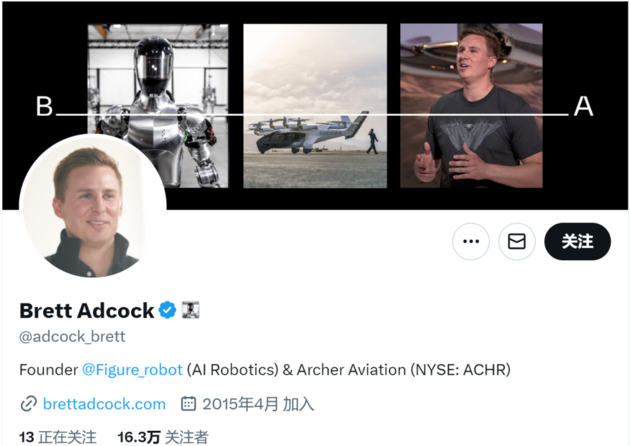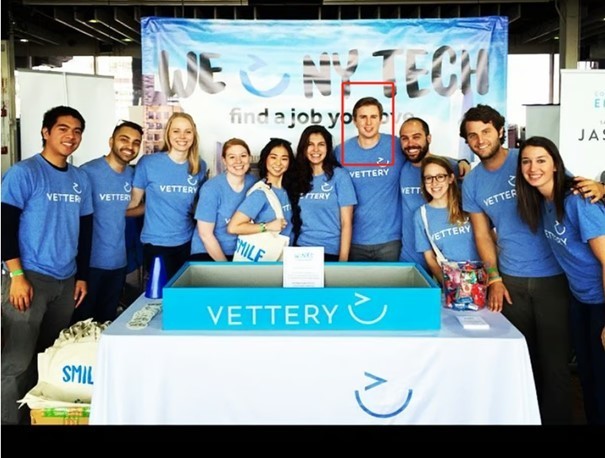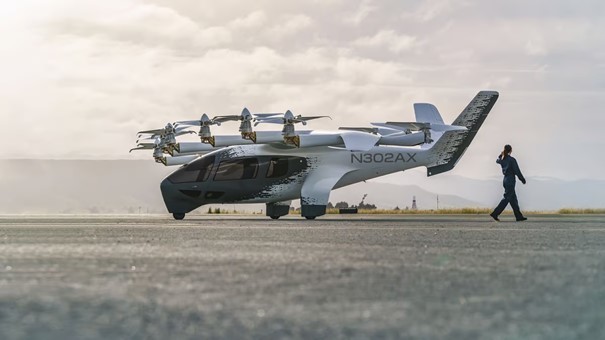
Photo/X
Figure 01, a humanoid robot developed by AI startup Figure AI, has gone viral on social media. The robot is capable of carrying out a series of simple grasping and placing actions based on human verbal instructions, such as handing apples to humans, putting plastic bags into baskets, and placing cups and plates on a draining rack.
In the video, the robot interacts smoothly with humans. Although there is still a gap in reaction speed compared to real people, it has obviously made significant progress.

Photo/X
Figure AI claims that Figure 01 is now able to have dialogue with humans. More importantly, all the actions of the robot in the video are learned autonomously, not remotely controlled. Behind this is not only Figure AI's "end-to-end" neural network technology, but also OpenAI's powerful large model.
The video caused a sensation on the Internet as soon as it was released. Some media pointed out that OpenAI's new robot is already far ahead of Musk's Optimus robot. It is worth mentioning that the above video was released only 13 days after Figure AI officially announced its cooperation with OpenAI.
Figure AI was founded by its CEO in 2022. In the past 20 years, Adcock has founded many different types of technology companies, and some in the industry even call him the "Elon Musk 2.0" version.
Adcock was born in 1986 on a rural farm in Illinois. His business talent was evident in his teens. According to his recollection, he started his entrepreneurial journey during middle and high school, focusing on the technology field.
After graduating from the University of Florida, Adcock founded content platforms StreetofWalls.com and Working App. In 2012, at the age of 26, he founded AI headhunting company Vettery, which was acquired by Swiss-based human resources company Adecco Group in 2018 for about $100 million.

Photo/newatlas
In 2018, he turned his attention to the transportation industry and founded Archer Aviation, which focuses on manufacturing all-electric vertical take-off and landing aircraft to serve urban air traffic. He knew that it would be nearly impossible to master aircraft design and manufacturing skills in a short period of time, so he first built a contact list and called everyone he could think of.
Peter Diamandis, co-founder of fintech company Bold Ventures and a friend of Musk,"Adcock's determination in building Archer Aviation is reminiscent of Musk's early days creating SpaceX, searching for textbooks, reading extensively, interviewing experts, and then starting to build the company."
In the end, Adcock successfully developed Archer Aviation into a leading global electric aviation company and listed it on the New York Stock Exchange, raising more than $1 billion in IPO financing and valuing the company at $2.7 billion.

Photo/Archer Aviation
In May 2022, Adcock announced his resignation from the board of Archer Aviation and founded Figure AI. The company's website reads: "Figure AI, looking to the next 30 years." According to reports, his positioning of Figure AI is different from companies like Boston Dynamics and Amazon Robotics, but rather focuses on developing multi-functional robots, with the ultimate goal of achieving robot learning and environmental interaction.

Photo/Figure AI
However, the development of Figure AI is not always smooth. In September 2023, Figure AI's cash flow was almost exhausted, but Adcock still insisted on investing millions of dollars each month to expand the team and purchase hardware equipment.
Fortunately, the company received $675 million in funding from well-known companies such as Nvidia and Amazon in February of this year. Other investors include Intel's venture capital fund, Cathie Wood's Ark Invest, and venture capital firms Align Ventures and Parkway Venture Capital. After the financing in February of this year, Figure AI's valuation has reached 2.6 billion US dollars.
Since the official announcement of cooperation with OpenAI, Adcock has gained worldwide attention. At present, Figure AI has successfully developed five humanoid robot prototypes, which are aimed at solving the labor shortage problem in the warehousing and manufacturing industries. According to Adcock's prediction, in the next five years, robots will be widely used in the commercial field of global brands, creating an industry worth billions of dollars.
Cover image: Figure AI


 川公网安备 51019002001991号
川公网安备 51019002001991号





